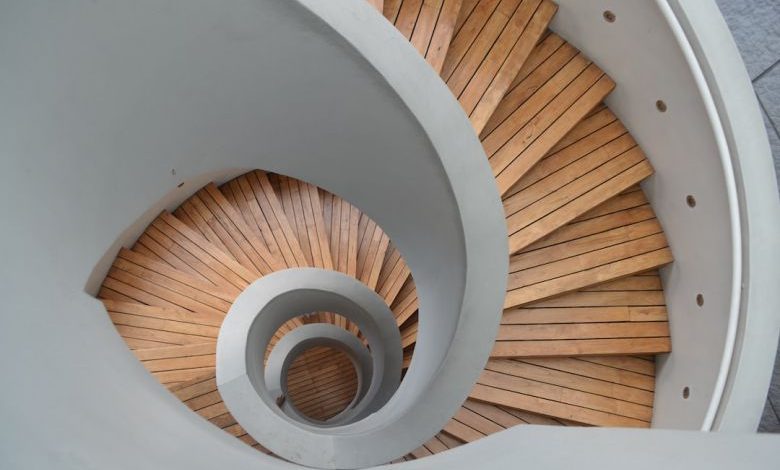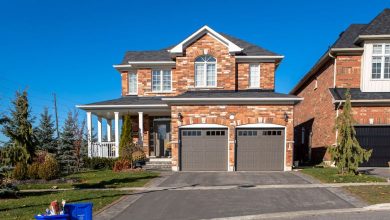What’s the Best Way to Install a Staircase in My Home?

When it comes to home improvement projects, installing a new staircase can have a significant impact on both the functionality and aesthetics of your space. Whether you’re building a new home or remodeling an existing one, choosing the best way to install a staircase is crucial. In this article, we will explore some key considerations and provide helpful tips to ensure a successful staircase installation.
Design and Planning
Before you jump into the installation process, it’s important to start with careful planning and design. Begin by assessing the available space and determining the optimal location for your staircase. Take into consideration factors such as traffic flow, safety regulations, and the overall design aesthetic of your home.
Choosing the Right Materials
When it comes to staircase construction, there are various materials to choose from, each with its own unique characteristics and visual appeal. The most common materials include wood, metal, and glass. Wood is a popular choice due to its natural warmth and versatility, while metal and glass can provide a modern and sleek look. Consider the style of your home and personal preferences when selecting the best material for your staircase.
Hiring a Professional
Installing a staircase may seem like a simple task, but it can be complex and time-consuming. Hiring a professional contractor or carpenter with experience in staircase installation is highly recommended. They will have the expertise and knowledge to ensure that your staircase is structurally sound and meets all safety requirements. Additionally, professionals can provide valuable advice on design options and help you avoid costly mistakes.
Measuring and Preparing the Space
Once you’ve finalized the design and hired a professional, the next step is to measure and prepare the space for the staircase installation. Accurate measurements are crucial to ensure a proper fit and prevent any issues during the installation process. Clear the area of any obstacles and make sure the floor is level and sturdy.
Building Codes and Permits
Before beginning any construction work, it’s essential to familiarize yourself with local building codes and regulations. Staircases are subject to specific requirements regarding rise, run, headroom, and handrail specifications. Obtaining the necessary permits and ensuring compliance with these codes will ensure your staircase installation is safe and legal.
Installation Process
The installation process will vary depending on the type of staircase you choose. Generally, it involves building a sturdy framework, attaching treads and risers, and installing handrails and balusters. Each step requires precision and attention to detail to ensure a secure and visually appealing staircase.
Finishing Touches
After the main structure of the staircase is complete, it’s time to focus on the finishing touches. This includes sanding and staining or painting the wood, applying a protective finish, and adding any decorative elements such as trim or molding. These details can greatly enhance the overall appearance of your staircase, so take the time to choose finishes that complement the style of your home.
Maintenance and Care
Once your staircase is installed, proper maintenance and care are essential to ensure its longevity and functionality. Regular cleaning, especially in high-traffic areas, will help prevent dirt and debris buildup. Inspect the staircase for any signs of wear or damage and address them promptly to avoid more significant issues down the line.
In Conclusion
Installing a staircase in your home is a significant undertaking that requires careful planning, professional expertise, and attention to detail. By considering factors such as design, materials, hiring professionals, and following the proper installation process, you can ensure a successful and visually appealing staircase installation. Remember to comply with building codes and regulations, and don’t forget the importance of regular maintenance and care. With these considerations in mind, you’ll be well on your way to enjoying a beautiful and functional staircase that enhances your home for years to come.




